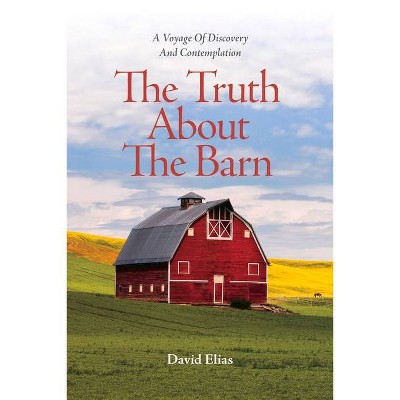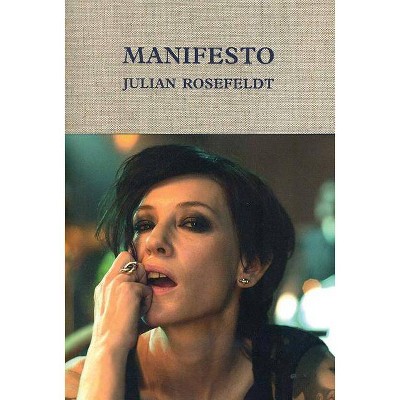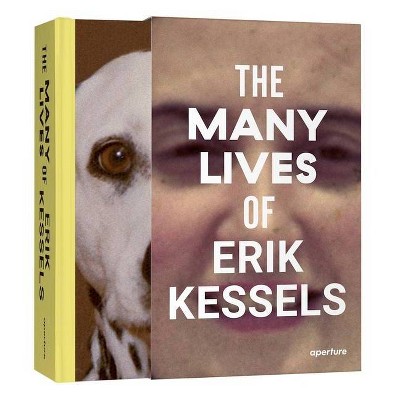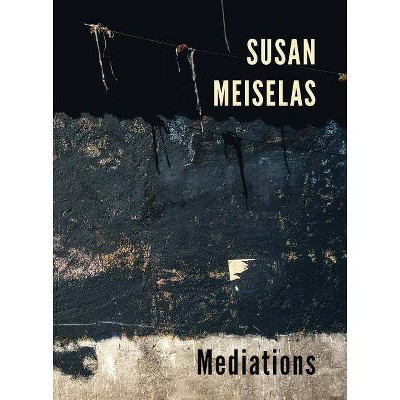Ideal homes - (Manchester University Press) 2nd Edition by Deborah Sugg Ryan (Paperback)
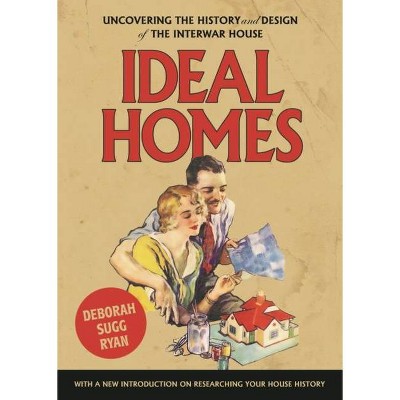
Similar Products
Products of same category from the store
AllProduct info
<p/><br></br><p><b> About the Book </b></p></br></br><i>Ideal homes</i> investigates the tastes and aspirations of the suburban communities that emerged in Britain after the First World War. It explores how new class and gender identities were forged through the architecture and decoration of the home. This edition includes a chapter on researching the history of your own house.<p/><br></br><p><b> Book Synopsis </b></p></br></br><p><em>Ideal homes</em> investigates the tastes and aspirations of the new suburban communities that emerged in Britain following the First World War. In a period when homeownership was becoming the norm, these communities sought out varieties of architecture and design that were both nostalgic and modern, reflecting longings for 'Old England' on the one hand and technological convenience on the other. The book draws on exhibitions, memoirs, advertisements and films, as well as surviving examples of suburban architecture and interiors, to identify a distinctively suburban modernism, embodied by the Tudorbethan semi. Arguing that the 'ideal' home of the period was both a retreat from the outside world and a site of change and experimentation, it concludes by considering how such houses are lived in today. This new edition also features an introductory chapter on researching the history of your own home.</p><p/><br></br><p><b> From the Back Cover </b></p></br></br>At the end of the First World War, local authorities across Britain created over a million 'homes fit for heroes', establishing a widespread model of private ownership. The new communities that emerged soon began to assert their own, unique identity. Resisting official notions of good taste, they sought out varieties of architecture and design that were both modern and nostalgic. In this book, Deborah Sugg Ryan explores how new class and gender identities were shaped by the creation of the interwar suburban home. Drawing on exhibitions, memoirs, advertisements and films, as well as surviving examples of suburban architecture and interiors, she uncovers longings for 'Old England' and the British Empire, while revealing how modernity crept in through the back door - via the kitchen, where women embraced new labour-saving technologies. What emerges is a distinctively suburban modernism, embodied by the Tudorbethan semi. This 'ideal' home was both a retreat from the outside world and a site of change and experimentation. Sugg Ryan concludes by considering how such houses are lived in today.<p/><br></br><p><b> Review Quotes </b></p></br></br><br>'A wonderful tour through the interwar suburban house: from the appearance and decoration of our houses through to innovations in appliances and the creation of the modern ideal home.' Melanie Backe-Hansen, author of <i>House Histories: The Secrets Behind Your Front Door</i> 'Ideal Homes is a superb evocation of interwar living as expressed in its homes and furnishings. Deborah Sugg Ryan's book skilfully interweaves social and design history and beautifully melds the academic and personal. Her exploration of "suburban modernity" and its idiosyncratic blend of tradition and novelty, home and empire, challenges the intellectual condescension of critics to find meaning and value in the lived experience of consumers and the messy, sometimes contradictory, choices they made. Along the way, it charts both the apparently rigid boundaries of gender and seemingly more fluid divisions of class. It's that rare thing - a book that will appeal to academic specialists and the general reader.' John Boughton, author of <i>Municipal Dreams</i> (2018) 'Deborah brings to life the history of typical 1930s British houses using stories from the archives of the real families for whom such houses were home. For anyone who wants to research the history of their own house, her new introduction gives away some key tricks of the trade.' Professor David Olusoga OBE, presenter of <i>A House Through Time </i> 'Deborah Ryan's fascinating new book explores the ideas and emotions that lay behind the rise of interwar suburban homes. Ryan takes a design history approach to the study of the home - exploring design, style, and objects in depth - but situates this in a broader social and cultural narrative that explains the wider social meaning of domestic space and its value for its owners.' <i>Cultural and Social History</i> 'Sugg Ryan succeeds in evoking the material culture of a past era which, in certain ways, resonates strongly with our own.' Professor Penny Sparke, author of <i>The Modern Interior</i> and <i>The Genius of Design </i> 'Deborah Sugg Ryan's book begins with the personal and then develops into a fascinating and detailed study of housing design and the meanings of home in interwar Britain. These interesting intersections between the subjective, design history and a social history of the home makes for a gratifyingly fresh take on the history of housing design and domesticity during the years 1918 to 1939. The book is well-written, convincingly argued and successfully merges design history, social and gender history in what is undoubtedly an important new contribution to twentieth-century British history.' <i>Cercles</i> 'Grounding her discussion in the discipline of design history, Sugg Ryan explores the aspirations and tastes of new suburban communities in England during the interwar period. Four individual stories of home ownership and homemaking reveal different aspects of emotional investment in domestic design and the drive for individuality. The author investigates how the design and decoration of these domestic spaces forged gender identities and a new suburban class.' <i>CHOICE</i> 'Deborah Sugg Ryan's book makes an important contribution to the history of design as it was experienced by lower-middle-class and middle-class consumers in Great Britain in between the two world wars. Weaving a narrative out of such varied sources as the <i>Daily Mail</i>'s Ideal Home exhibitions, period advertisements for new housing developments, women's domestic advice literature and the individual histories captured in the Mass Observation Archive, she presents a history of the architectural style and interior design practices of new suburban developments in the 1920s and 1930s.' <i>Journal of Design History</i> 'Throughout <i>Ideal Homes, 1918-1930</i>, Sugg Ryan brings together a wealth of information and ideas showing a deep knowledge of domestic design during the interwar period. Through the experiences of individual homeowners, as well as in the attention paid to specific design objects, we get a close reading of how "suburban modernism" was mediated and consumed. Sugg Ryan invites the reader to see the suburban home and its objects as an inherent part of British modernism between the World Wars, offering a core reference point for further research into the domestic interiors of interwar Britain.' Vanessa Vanden Berghe, <i>Journal of British Studies </i> 'With an introduction on researching your house history, the book provides a capsule of the information you need to begin metaphorically peeling back the wallpaper and uncovering the history of your (or your parents' or grandparents') interwar home.' <i>Family Tree Magazine</i><br><p/><br></br><p><b> About the Author </b></p></br></br>Deborah Sugg Ryan is a historian, author and contributor for BBC Two's <i>A House Through Time</i>.<i> </i>A former V&A curator, she is a specialist in the history of housing, interiors, products and everyday life and has appeared on BBC Two's <i>Inside the Factory, </i> <i>Business Boomers</i>; More 4's <i>David Jason's History of British Inventions</i> and Channel 4's <i>No 57</i>: <i>The Story of a House, Heaven, Hell</i> <i>or Suburbia</i>. Deborah is Professor of Design History and Theory at University of Portsmouth and a Fellow of the Royal Historical Society.
Price History
Price Archive shows prices from various stores, lets you see history and find the cheapest. There is no actual sale on the website. For all support, inquiry and suggestion messagescommunication@pricearchive.us












